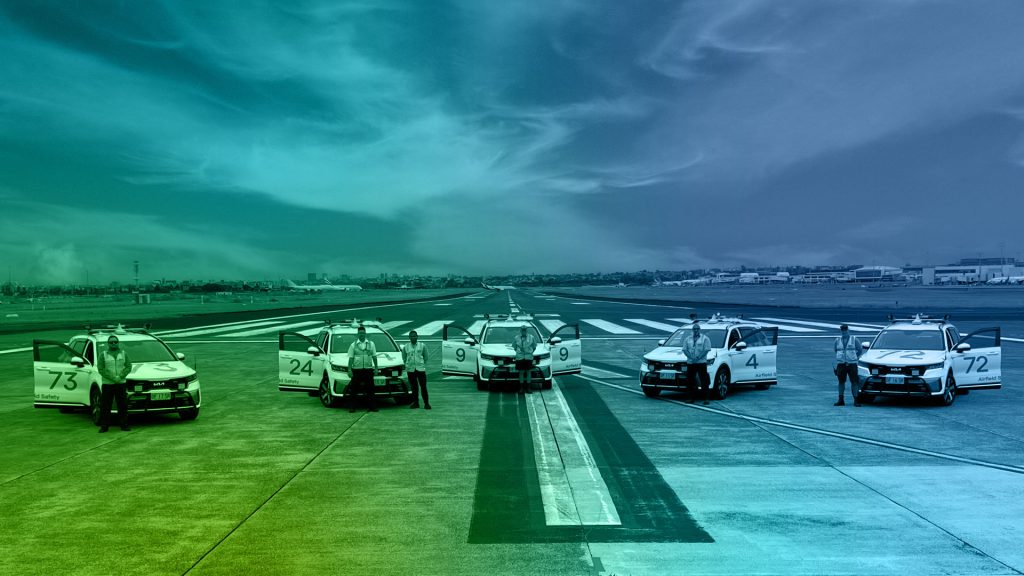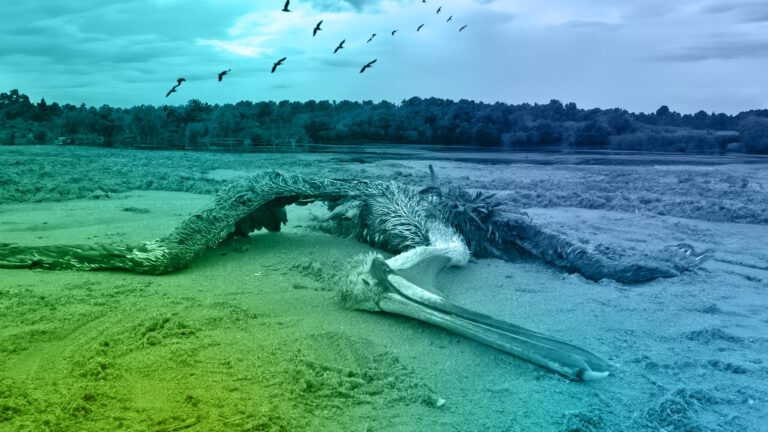He’s someone in the industry who probably needs no introduction to many, having been an integral part of making Sydney Airport operations run smoothly for 34 years.
Anthony Conte (Tony) did not set out to work in aviation. He began his career with a fitting and turning apprenticeship and worked as a qualified toolmaker with a company supplying plumbing fittings. An aptitude for designing tools then led him to transition to mechanical drafting. In 1989, when a colleague who was working at the then Federal Airports Corporation asked him if he would be interested in a mechanical drafting job going at the airport, he jumped at the chance.
And so began a long and successful career, one which has remained fresh because, Conte says, ‘Over those years, the airport became a different beast; the airport environment is so dynamic.’ Sydney went from federal government ownership (the Federal Airports Corporation) to being privately owned, listed on the stock exchange, and privately owned once more. Conte’s role changed too. Initially, his mechanical drafting skills focused on designing air conditioning, then to broader aircraft operations design—for aircraft tracking, runways and taxiways—and eventually, he progressed to airfield standards manager.
This coincided with the new airport manual of standards CASA introduced in 2003, requiring an updated aerodrome manual. At that stage, Conte says, ‘wildlife hazard management was part of his role, but at a high level’. That changed in 2010, when he became airport operations manager. ‘It was much more hands-on, and [managing wildlife hazards] was a whole new learning curve.’
He has participated actively in Australian Airports Association activities and attended many Australian Aviation Wildlife Hazard Group conferences over the years. Wildlife hazard management at Sydney Airport has been a process of ongoing improvement, bringing in new wildlife hazard management tools, such as the stock whip in 2019, and developing new ways to use old ones. As part of their tool kit, for example, Sydney uses a gas cannon to disperse birds. However, when it was set up in a fixed location, operated by remote control, it lost effectiveness, as the birds soon became habituated to the sound. Mounting the gas cannon in the back of an airport ute gave much more flexibility, Conte says. ‘The staff really embraced it, and the impact was instantaneous.’
‘I would like to see more use of technology’ for wildlife hazard management. ‘We’re looking at introducing drones—we’re working with Airservices and CASA, because there are some good opportunities there. Radar is another technology I would like to see adopted—you can detect bird movements at night’, for example.
The last few years have been especially challenging for airport WHM, and Sydney is no exception. In the past year, the Sydney region has had over 2000 mm of rain, which has meant increased insects and worms above ground, in turn attracting foraging birds. Coming on the back of two years of COVID, where wildlife became complacent with the lack of aircraft movements adds yet another level of complexity.
Thirty-four years on, Conte is very happy at Sydney Airport. ‘I really love what I’m doing’, despite the challenges of climate and coronavirus. And when he’s not working, apart from spending time with his family, and being a home handyman in the house he built 20 years ago, he collects Hot Wheels, the 1/64th scale toy cars. ‘I’ve got close to a 1000. I look for old American cars of the ‘60s, hot rods, Australian icon cars like the XB Ford Falcon Coupe, and the various Batmobiles.’ It’s serious stuff: a rare pink 1969 VW rear-loading Combi (aka a beach bomb) Hot Wheels model lives up to its name, being worth a bomb, about US $100,000.




